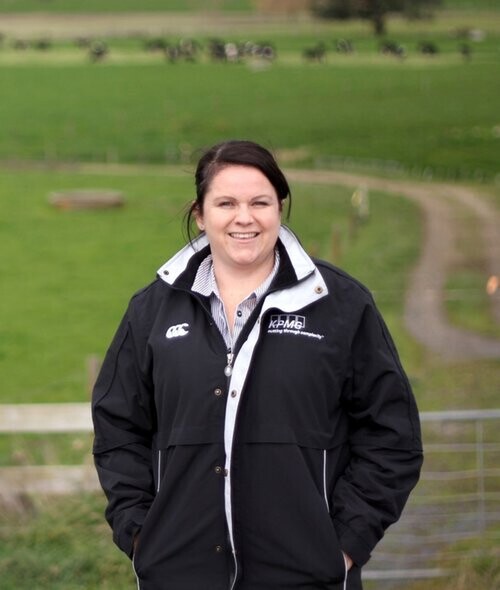While looking through my pantry the other day I had a bit of a giggle to myself about some of the ‘staples’ I had in there now and the vast contrast to what I used to have in my pantry about 3+ years ago.
Seven years ago I attended the Harvard Agribusiness programme in Shanghai. It was amazing and my first real global perspective for Agri-Food.
Although I had spent most of my career working in the agri sector, it has always had more of a farmer or financial markets focus.
This programme really opened my eyes but it wasn’t until I started my role with KPMG did I feel like I had a bit of a rebirthing when it came to my perceptions around Agri-food. I was fortunate to come on board with KPMG and work closely with Ian Proudfoot, KPMG’s global head of Agribusiness.
Ian has one of those amazing, enquiring mind-sets and spends a great deal of time traveling the world, researching consumer behaviour and sharing the information with others to empower change.
This includes being the creator of the KPMG Agribusiness Agenda publication.
I was instantly engrossed in the most fantastic information and like the wee sponge that I am, I soaked it all up and wanted to know more.
As talk of alternative proteins grew, I was intrigued by this concept of eating insects.
Now eating the entire insect made me dry retch, however, the amazing nutritional content and high protein nature of cricket flours low environmental footprint attracted me to it. I recall opening the first bag of cricket flour with excitement, I expected it to be ‘pure white’ and full of opportunity, instead it was dirty brown and smelt like fish food!!
I thought right let’s get baking with this, surely once its baked that smell will go?
First up was banana bread, it was ok tasting but made the entire house smell like someone had baked fish food cake.
My next thought was, maybe given its ‘nutty/fish food flavour a more savoury dish would be appropriate? So I baked cheese muffins, this was better but that smell of fish food was still present and to be honest so was my inability to bake.
It finally hit me that not only does cricket flour smell like fish food, I am a terrible baker!
Maybe I was better off finding food that was already made, so I went online and ordered all the cricket products I could find. Cricket flour corn chips, pasta, biscuits and protein bars.
So when I look in my pantry today, I see ‘Chirps’ corn chips and pasta that are made with cricket flour as well as a bag of cricket flour that is used in the morning smoothie providing a natural form of protein powder.
I will be the first and potentially the only person to recite the nutritional content of cricket products and sing their praises. However, when you go to my freezer you will still find masses of red meat. Although cricket flour is considered an alternative protein, for me it has never and will never replace real meat.
It's just replaced more of the carbohydrate type products such as pasta and corn chips.
As the world changes, so too does consumer habits and what they demand from the producers of the food they consume.
It’s important for those within the Agri-food sector of New Zealand to understand and appreciate these demands, we don’t need to fear it. As with every challenge it will bring many new opportunities, so long as we keep an open mind.
Julia Jones's role at KPMG is a 'Farm Enterprises Specialist. It’s about helping farmers take their business from good to great by creating sustainable, practical business models. In 2007 Julia completed an Agri program through Harvard Business School in China, which expanded her interest in international Ag. In 2012 she graduated from the AWDT governance program. In 2013 she had an opportunity to spend time working in Russia with the KPMG team focusing on Agricultural strategy. A highlight in 2015 was being a co-author for the KPMG report that focused on the Agribusiness future leaders and what the future consumer will demand.
You can follow the KPMG Farm Enterprise team on Facebook





